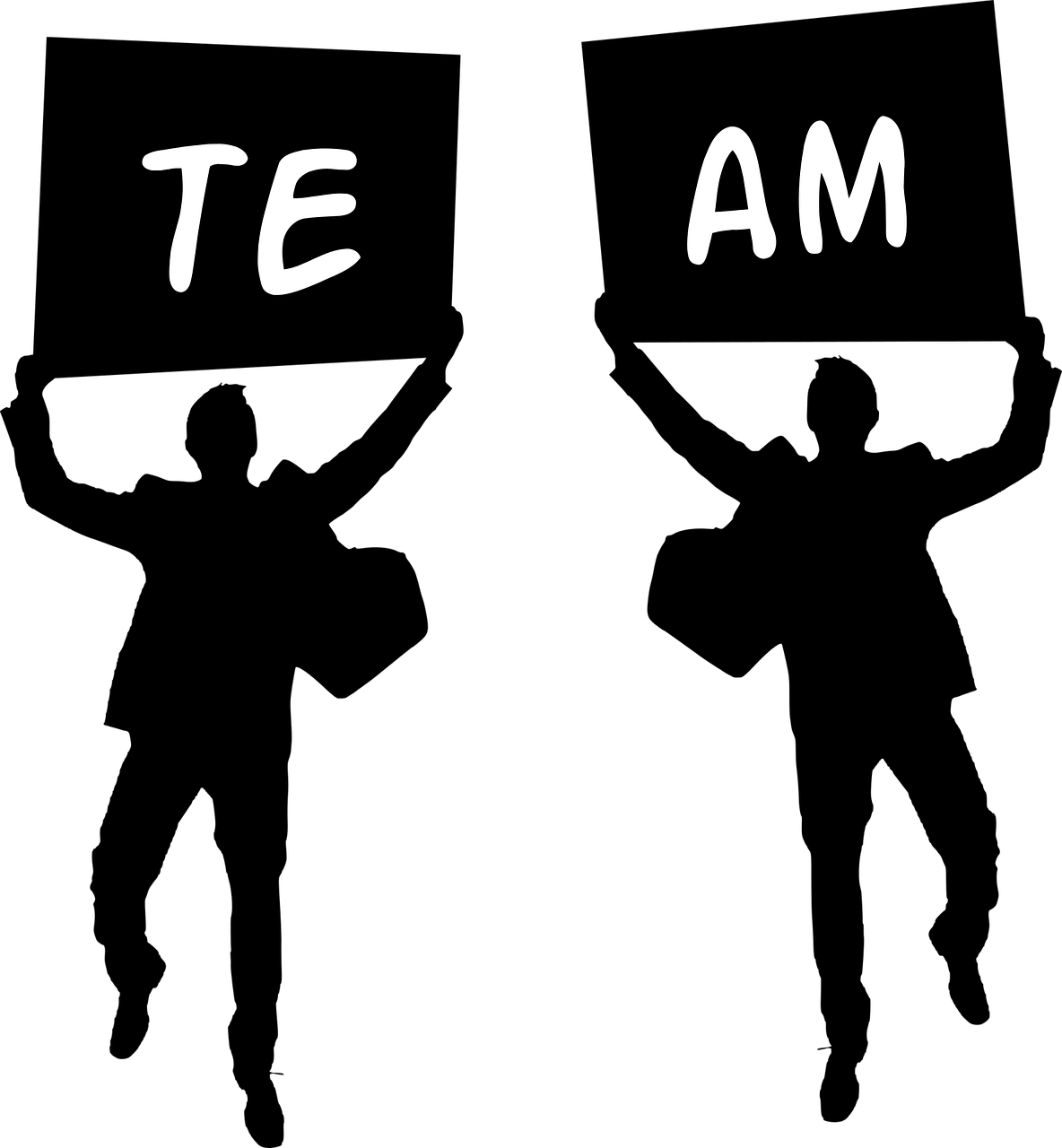Founders of Nonprofit Organizations
A Guest Post by Tony Poderis The best, and the most needed non-profit organizations begin…
Our content is reader-supported. Things you buy through links on our site may earn us a commission
Never miss out on well-researched articles in your field of interest with our weekly newsletter.

Subscriber

A Guest Post by Tony Poderis The best, and the most needed non-profit organizations begin…

A Guest Post by Tony Poderis In my opinion, there are limits (compared to the…

CFC Special Events & Resources In my July 11th post I talked about what a…

CFC Special Events & Resources There are many/various types of CFC special events that are…

Selected Unique Factors about CFC Fundraising The CFC charity itself does not make the direct…

=-=-=-=-=-=-=-=-=-=-=-=-=-= Update on Proposed Changes to CFC Regulations: As I write this, a Congressional Hearing…

Update on Proposed Changes to CFC Regulations: First, regarding the proposed changes to the CFC…

=-=-=-=-=-=-=-=-=-=-=-=-=-= The Congressional Hearing on OPM’s Proposed Changes to CFC which was originally scheduled for…
If Implemented As Proposed, Changes Could Cut CFC Revenues to Nonprofits by at least 50%…

Welcome to this 3-part article on managing resistance in consulting projects. This Part 1 describes…

(Guest post from Brittany Evans) It’s amazing how much small purchases can add up when…

We often talk about good teamwork as everyone getting along and coming together with the…

Workplace giving has been around for a long time. Indeed, you can make the case…

(Guest post from Jan Terkelsen ) Have you ever thought that managing people with introversion…

(Guest post from Dawn Altnam Follow her on Twitter! @DawnAltnam ) Some analysts would argue…

I have facilitated Action Learning groups for several decades and taught others to facilitate, as…